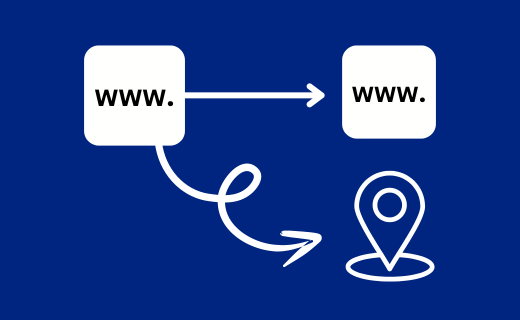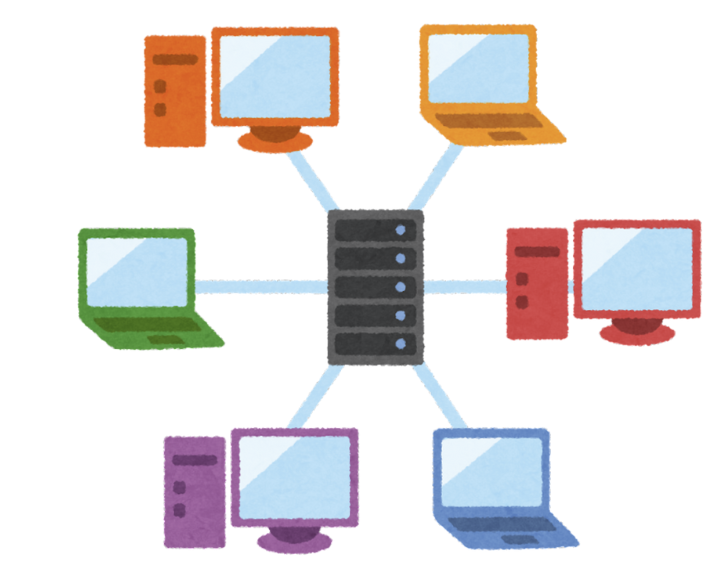Help article
What is the difference between CNAME vs A record? A Complete Guide

When you type an address in the search box of your browser, hit enter, and land on the website of your choice, there is a highly complex process going on behind the scenes. Let’s take a look at DNS (Domain Name Systems), CNAME vs A record, what they are, and how they work. Although it sounds like the most perplexing system in the universe, don’t worry! It’s pretty straightforward once you understand its fundamentals. The two main components are CNAME and A record.
This complete guide will help you understand the intricacies of CNAME vs A Record, and which one you should use. Let’s dive right in!
Understanding CNAME versus A Record
What is a CNAME Record?
CNAME (Canonical Name) points a subdomain to a domain. Simply put, it redirects the visitor to another domain. If it’s still not simple enough, let’s look at an example to help you visualize better.
Let’s imagine that you bought a house and that your friends and family are coming to your home. But, unfortunately, you’re not inside your home. But there is a prompt at the gate of your home that reads, “I’m gone to [example] neighbor’s house.”
Now, people [the visitors] know where to find you if you’re not inside your home. That’s what CNAME does. It “redirects” to another URL.
Let’s take a look at another example, but this time in computer language. Let’s say your website has multiple domains (i.e., www.example.com, blog.example.com, support.example.com, etc.). If you correctly set the CNAME, you can redirect the incoming visitor to your main website no matter what domain they land on, which is www.example.com in this example.

What is an A Record?
A record points a domain to an IP address. For a worldly example, let’s say one of your friends moved out and left a note for you that says, “I’m moving out in X city, street no. X, and I’m residing on the 4th floor of the “example building.”
Now that you know the exact location of your friend’s apartment, it’s relatively easy to get there without any help from third parties. Precisely, this is what an A record does. As discussed earlier, it points a visitor to an IP address.
Moreover, it also provides a slight performance boost in the search engine result pages (SERPs), as it’s relatively faster than CNAME (more on this later).
CNAME vs A Record: The Differences
Now that we know both, let’s examine the main differences between the two side-by-side:
| CNAME | A Record |
|---|---|
| Points to the domain to another domain | Maps a domain to an IP address |
| It can be a little slower (unless used with CDN networks). | It provides a faster load time because it’s direct. |
| It is compatible with content delivery networks because it’s flexible. | Using the content delivery network isn't recommended due to its lack of flexibility. |
| It does not require control over the server's IP. | Requires control over server IP |
| In the event of changes in the IP, you don’t have to manually fix each domain pointing towards your main domain. | In the event of changes in IP, you will have to change each domain manually. |
Advantages of using CNAME
One of the most essential advantages of CNAME is that—as explained in the chart—you don’t have to create a manual A Record for every domain that links to your host. If your service provider abruptly changes your internet protocol, you won’t have to sit there and manually fix each domain that maps to your website.
If you change your host’s IP address, the referring domains will lead to your desired domain. It can be essential for businesses that frequently change their hosting providers.
CNAME is also critically valuable when your site is down. You can always set a secondary CNAME record to a backup server. Traffic automatically redirects to the backup server if your primary server is down.
CNAME Restrictions
It also comes with certain restrictions, as it opens a gate for DNS hijacking or DNS spoofing attacks. As discussed earlier, it points a domain to another domain. When an attacker gains access to a site, it can redirect its legitimate traffic to a spam site, tricking the visitor(s) into providing their sensitive information, like credit card details or passwords.
Moreover, CNAME increases the pressure on the DNS. When a DNS resolver gets a ping from a domain that uses a CNAME record, it starts multiple lookups on the domain name. It can cause a significant delay in load times, decreasing user satisfaction.
Advantages of using A Record
You can’t have a CNAME without A records, as the CNAME always points to one A record [IP address].
Moreover, A records are direct and clean, which doesn't allow a mediator. Remember the example above? It’s as direct as a friend leaving a note; that’s more than enough for you to reach out to them. And that direct deliverability can save a significant amount of time, especially if it’s a high-traffic website.
Records also provide a slight Search Engine Optimization (SEO) boost as they’re direct. A few search engines may prefer A records, but there’s insufficient study to confirm that. However, many people widely know that search engines prefer faster load times. Since they directly point the visitor to an IP address, this process can significantly cut off a few milliseconds, resulting in a speedy website.
A Record Restrictions
As discussed earlier, A records are incompatible with the Content Delivery Network (CDN). Although one can use it, it is not recommended and is prone to several problems. CDN transfers your website to its servers worldwide and retracts the image from a server closer to the visitor, which can significantly decrease load times and increase the site’s security.
Compared to CNAME, this can be a headache for websites or businesses that regularly change hosting servers.
Another disadvantage of using an A record is the hassle of manually fixing all the domains referring to your host. If you transfer your site to a different hosting provider, you must change all domains and point them to your current IP address.

WIIFM: Choosing the Best
Now that we have reviewed both, you must wonder which is best for you. CNAME is the optimal choice for most. It can decrease the hassle in case of a change in internet protocol while also providing compatibility with CDN.
Even if A records do provide SEO benefits, they are minimal. That’s because other factors like backlinks, quality of the content, optimizing your content, targeting the right keywords, etc. are much more important than just a few milliseconds of loading times.
Whereas, if you want to go for A records, that can also be a good choice. It can provide you with direct control over your servers and IP address. Or if you are not using and are not planning to use a CDN network in the future.
Conclusion
As you can see, CNAME takes a slight edge in the CNAME v A records fight. However, both of these have their qualities and constraints. Simply put, there is no wrong choice. Either can work well, depending on your case.
It’s always wise to compare your choices before taking the plunge into something. However, it is equally important not to let factors with minimal impact influence your decision. In this case, you may decide on A records for a minimal SEO boost, which can be daunting in the long run in case of IP change.
Everything you need to power up your email game in one place.
Start now for free. No credit card required.
